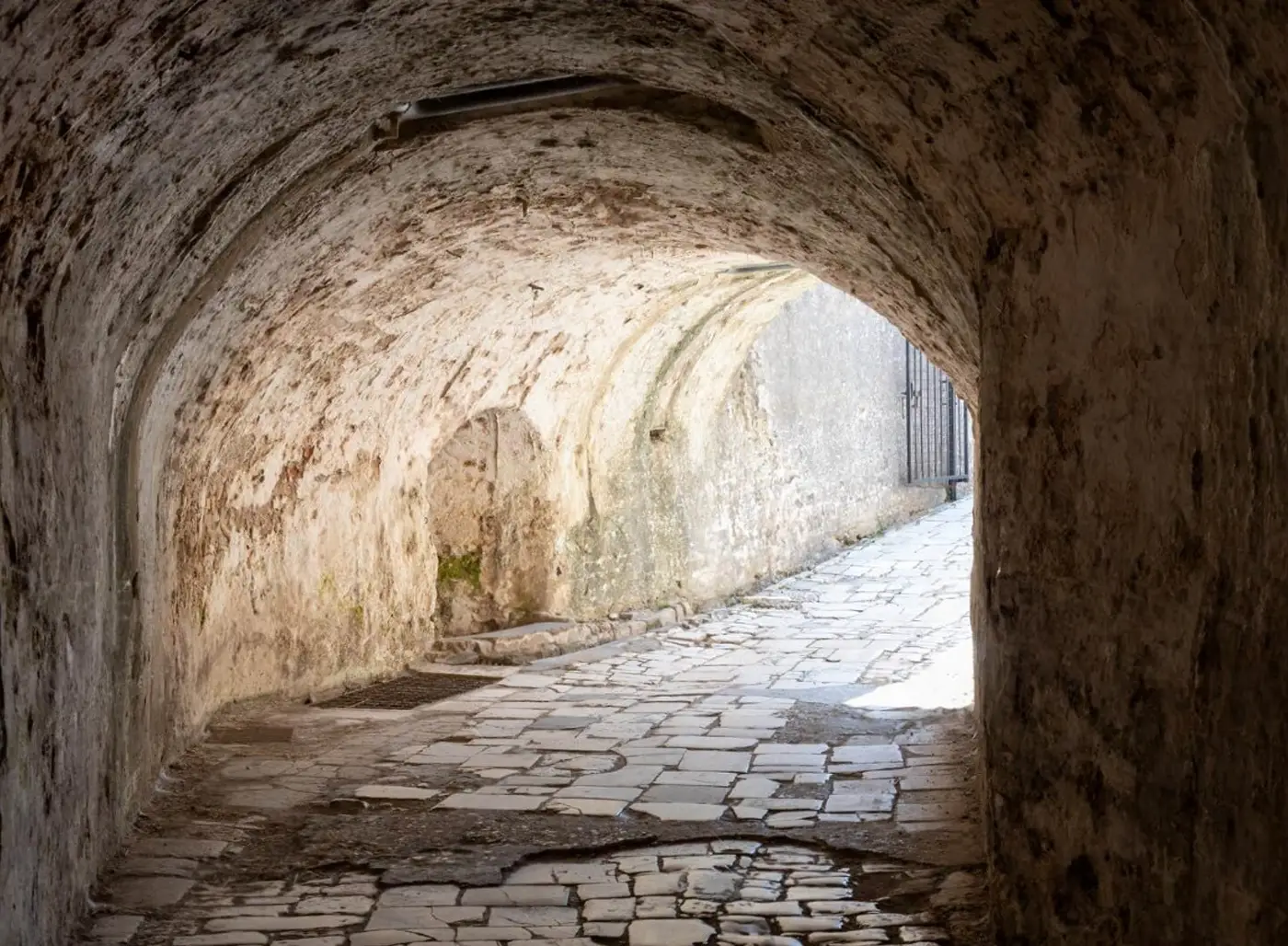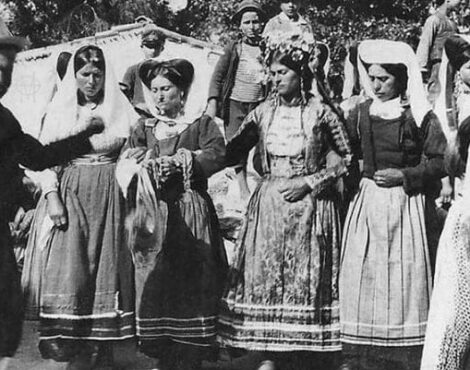The era of Venetian rule was one of the most significant periods in the history of the island of Corfu. During the approximately 500 years that the Venetians remained on the island, they shaped its culture and history. They left behind many monuments and architectural achievements, most of which still stand today. The two most notable examples are the Old and New Fortresses, as well as the fortifications of Corfu’s old town. This unique defensive system is not only a living monument but also a legend, woven over the years by the island’s inhabitants.
The Venetian fortifications, which were later expanded by the French and the British, included dozens of underground passages that provided numerous strategic advantages in times of war. Most of these tunnels were located near or around the city’s two fortresses and were used for communication with key strategic points. This extensive network suffered significant damage during the British demolitions before Corfu was handed over to Greece. However, despite the destruction, the tunnels continued to serve as a refuge for the island’s residents in various historical periods. The most crucial of these instances occurred during World War II when, due to heavy bombings, the inhabitants sought shelter in underground tunnels and chambers originally built during Venetian rule. Most of these rooms were located in both the Old and New Fortresses, serving as places of protection in times of crisis.
The great significance of these so-called “mines” for the people of Corfu created a unique aura around them. From the difficult moments of war to the adventurous children who explored the dark corners of the city with a sense of discovery, reality merged with imagination and legend. Over time, myths emerged that still persist among the island’s older residents. The most famous of these refers to a mine that supposedly leads to Vido, the small islet north of Corfu town. Many believe that an underground passage existed—and perhaps still exists—allowing for resupply during sieges and beyond. Numerous stories have been passed down about the location of the entrance, with some individuals even claiming to have attempted to traverse it.
Another well-known legend among the town’s residents concerns the famous hall of the commanders, which was allegedly located inside or beneath the bastion of Saint Athanasios. This hall was said to be connected to various mines and their branches, which allegedly started from the Old Fortress, passed through strategic points of the old town—such as the so-called “Vailato”—and ended at the New Fortress.
Many of these defensive structures have been completely sealed off over time. Within the urban fabric of the old town, specifically at the bastions of Sarandaris, Saint Athanasios, and Raimondos, sealed entrances remain, leading to interior spaces of the fortifications that are no longer accessible. Additionally, at the former forts of Avramis and Sotiras, outside the old town, remnants of walls and even faint traces of entrances can still be found. These structures are among the last remnants of Corfu’s fortifications, which, with the passage of time, are increasingly fading from existence.
A walk through the old town of Corfu may not present the ultimate opportunity to uncover hidden tunnels as one might hope. However, it is certain to transport visitors to an era when fortifications dominated the landscape and were the most vital part of the island. The experience offers a glimpse into the past, where military strategy and defense shaped the very fabric of Corfu. Furthermore, one might even uncover some of the intricate connections between the fortresses and the other defensive structures, creating a map that coexists with modern-day Corfu but belongs to a bygone era.





